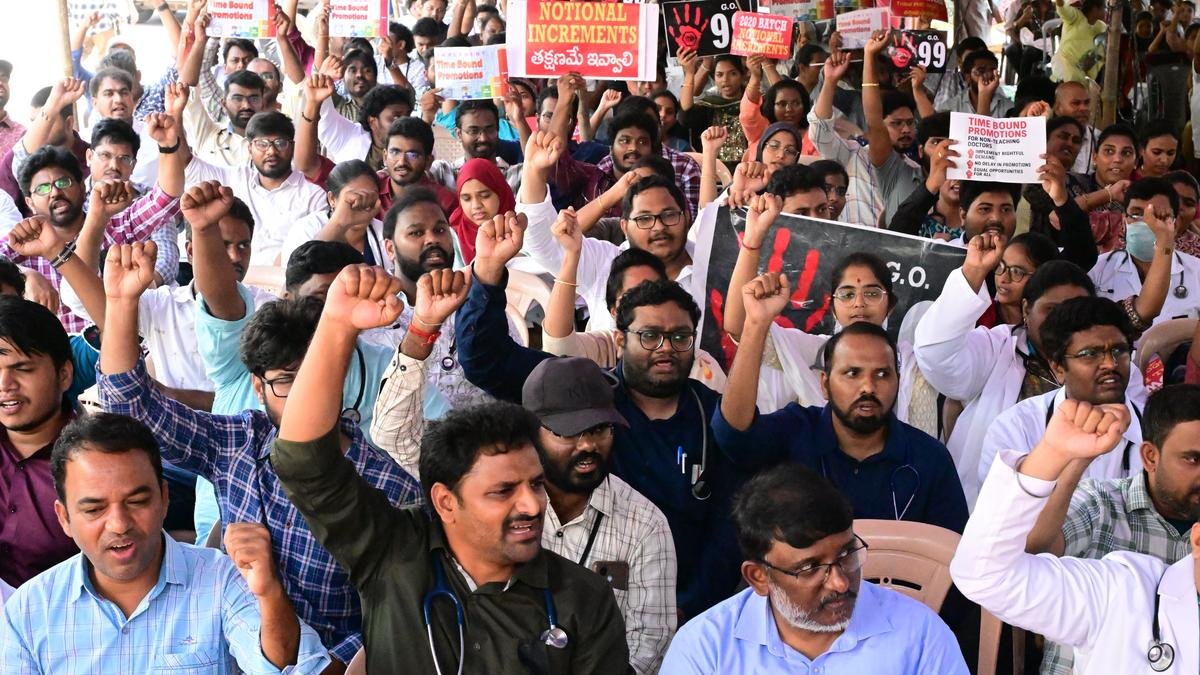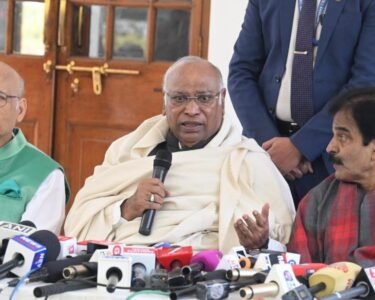In a significant decision aimed at boosting the morale of government medical practitioners, the Andhra Pradesh government has agreed to fix the in-service quota for Primary Health Centre (PHC) doctors in clinical postgraduate (PG) branches at 20% for this academic year. The move comes after sustained appeals from the medical fraternity and is seen as a step toward recognizing the critical role played by doctors serving in rural and primary healthcare institutions.
Relief for In-Service Doctors
The decision to earmark 20% of PG seats in clinical disciplines for in-service doctors will benefit hundreds of medical officers working in government hospitals and PHCs across the state. These doctors have long demanded a fair share in postgraduate medical education, arguing that their years of public service in difficult conditions should be duly recognized.
Officials from the State Medical Education Department confirmed that the new quota will be applicable for the current academic session. The government has also issued instructions to medical universities and counseling authorities to implement the decision without delay.
Government’s Rationale Behind the Decision
The Andhra Pradesh government stated that the move aims to strengthen the healthcare delivery system by encouraging more doctors to serve in rural and remote areas. Many PHC doctors work under challenging circumstances — with limited infrastructure, high patient loads, and inadequate specialist support.
By providing a 20% in-service quota in PG clinical branches, the government hopes to incentivize rural service and ensure that experienced doctors get opportunities for advanced specialization without being disadvantaged compared to fresh graduates.
A senior official from the Health, Medical & Family Welfare Department remarked,
“This decision is a recognition of the sacrifices made by doctors who continue to serve in primary and secondary healthcare institutions. It will ensure that their hard work and commitment are rewarded through fair access to postgraduate training opportunities.”
Long-Standing Demand from Medical Associations
For years, medical associations and in-service doctors have been advocating for a higher quota in postgraduate seats. The Andhra Pradesh Government Doctors Association (APGDA) and other groups had submitted multiple representations to the government, highlighting the need to restore the in-service quota to earlier levels.
Previously, the quota for in-service doctors had fluctuated due to policy changes and legal disputes, creating uncertainty among aspirants. This year’s decision to fix the quota at 20% exclusively for clinical branches has been welcomed as a balanced and pragmatic approach that benefits both in-service and general candidates.
Focus on Clinical Specializations
The new quota applies specifically to clinical postgraduate branches such as General Medicine, General Surgery, Obstetrics and Gynecology, Pediatrics, Orthopedics, and Anesthesia. These specialties are crucial for strengthening patient care in both government and private hospitals.
Officials indicated that the 20% reservation will help fill critical gaps in specialist availability at district and area hospitals, as many of these doctors are expected to return to government service after completing their PG studies.
The policy also aims to ensure equitable distribution of medical specialists across the state, particularly in underserved districts where healthcare infrastructure is still developing.
Transparent and Merit-Based Selection
The government has assured that the selection of candidates under the in-service quota will be based on NEET-PG scores, ensuring a merit-driven process. The only additional consideration will be the in-service category, verified through official records of tenure in government service.
Officials added that the Medical Counseling Committee (MCC) and Dr. NTR University of Health Sciences, Vijayawada, will oversee the implementation of the new quota and ensure that no eligible in-service doctor is left out.
Widespread Appreciation from Medical Community
The announcement has been met with widespread appreciation from doctors’ associations and healthcare workers across Andhra Pradesh. Representatives of the APGDA thanked Chief Minister N. Chandrababu Naidu and Health Minister Satyavathi Rathod for responding positively to their long-pending demand.
Dr. M. Srinivas, a senior PHC medical officer, commented,
“This is a major morale booster for government doctors. For years, we have served in rural areas with limited facilities. The 20% in-service quota gives us hope and a fair opportunity to advance our careers.”
Looking Ahead: Strengthening Rural Healthcare
Experts believe that the move will not only benefit doctors but also enhance healthcare delivery in rural Andhra Pradesh. By encouraging doctors to serve in government institutions, the policy will ensure a steady flow of trained specialists into the public health system.
The state government has also hinted at further reforms, including infrastructure upgrades at PHCs and district hospitals, and improved incentives for rural postings to retain qualified medical professionals in underserved areas.
Conclusion
The Andhra Pradesh government’s decision to fix a 20% in-service quota for PHC doctors in clinical postgraduate branches represents a progressive and well-balanced reform in medical education policy. It recognizes the contributions of doctors who serve at the grassroots level while ensuring that rural health services remain robust and sustainable.
As implementation begins this year, the move is expected to set a positive precedent for other states and reaffirm Andhra Pradesh’s commitment to building a more equitable and efficient healthcare system.







